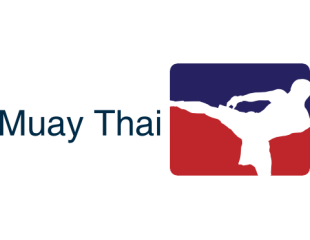This post is part of a series detailing strategies for starting a Martial Arts School. All pieces within this series can be applied to any type of Martial Art—not just Muay Thai. The “How to Start a Martial Arts School” series will cover everything from finding the perfect space to figuring out which small business software you’ll need to get going. If you have a question or recommended topic for this series, drop me a line.
A small business is only as successful as its customers are reliable. This applies to Martial Arts studios; before opening your Dojo, you’ll need to define your target demographic and market feasibility within your community. I know this might sound boring, but it’s an essential step toward business longevity. Additionally, thinking through and planning around your target demographic will help to refine your Dojo’s mission and purpose.
So, let’s start with the numbers. In the United States, 18.1 million Americans participated in karate or another form of martial art at least once in the past year. Broken down, that includes 9.4 million adults, 5.5 million teenagers, and 3.2 million kids. The gender breakdown is fairly even—around 52% of participants are men and 48% are women. Additionally, research suggests that people of color are more likely to practice Martial Arts than white people. Though this factor may have no bearing on your business strategy, you’ll need to consider these factors when determining your target community.
Research also suggests that teenagers who practice sparring—an essential part of Muay Thai—are more likely to see their activities as beneficial to their overall health and social life. Put simply, teenagers who practice martial arts do so for the physical benefit, and they are also likely to practice other sports. Additionally, only around 10% of kids whose parents earn $50,000 or less participate in Martial Arts.
Dojo owners should also understand their own communities; nationwide trends are important to note, hosting meet and greets with community members is the best way to understand who in your area is likely to utilize your studio. If you’re opening a Dojo close to a school, your primary students may be children and teenagers. If you’re opening the studio off a major highway, your students might be adults on their way home from work.
Understanding market feasibility and demographic reach is an essential part of crafting your Dojo. If you come to understand that adults comprise most of your students, offering early morning, late night, and weekend classes will bring more people in the door. For adult students, you might also want to market certain classes as fitness oriented. Similarly, if you find that the majority of your students are children and teenagers, have a robust after-school schedule and offer additional services, such as birthday parties and in-school demonstrations. This is the best way to create and keep your Martial Arts community.
MORE READING…..
Part 1: A Step-By-Step Guide to Starting Your Own School
Part 3: A Dojo is a Small Business, and Small Businesses Need Software
